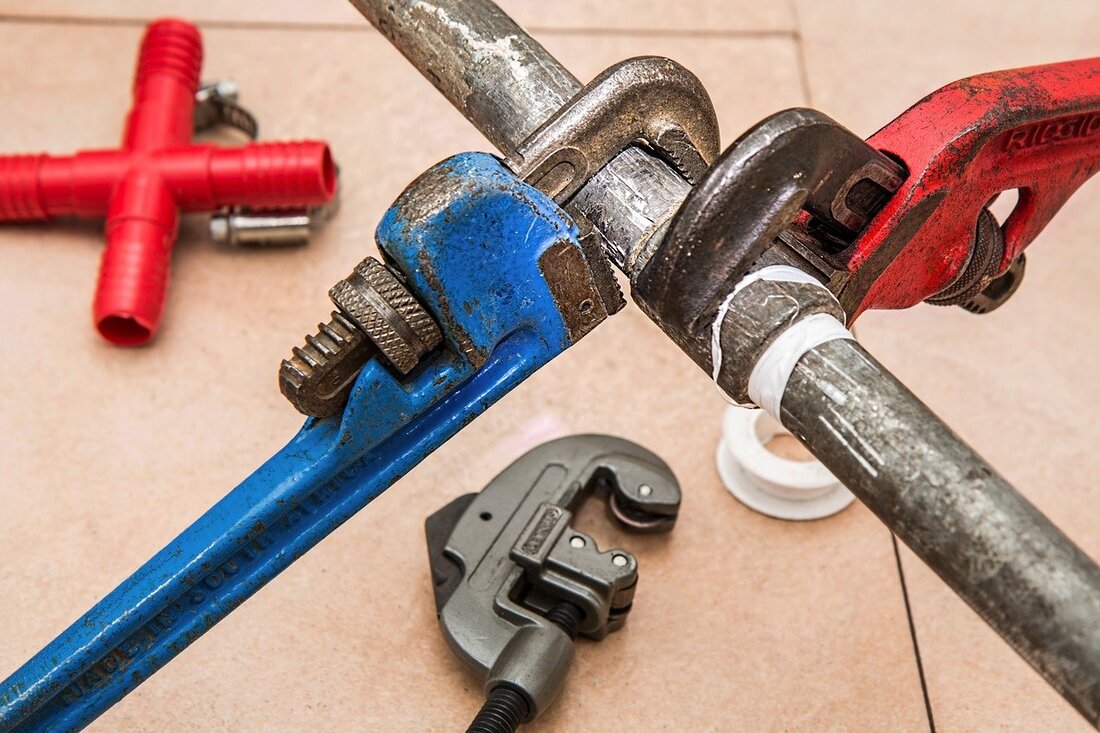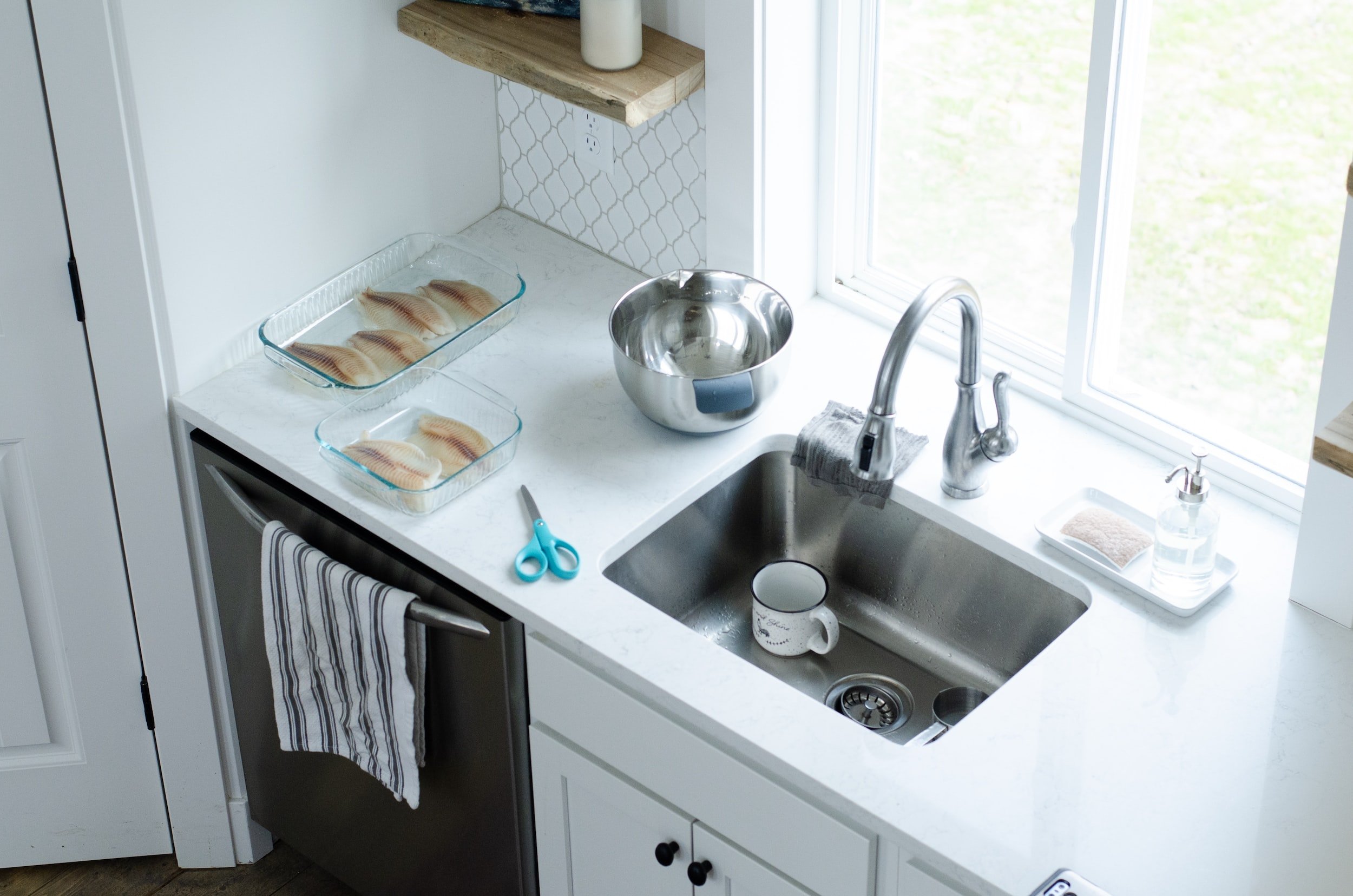Everybody has their own individual perception when it comes to Plumbing Basics Every Homeowner Should Know.

Plumbing is a necessary element of any kind of home, responsible for providing tidy water for alcohol consumption, cooking, and showering, as well as getting rid of wastewater safely. Recognizing the essentials of home plumbing is vital for every single house owner to ensure appropriate upkeep, troubleshooting, and, if required, fixings. In this newbie's overview, we'll cover the fundamental ideas of home plumbing to aid you become a lot more acquainted with just how it works.
Water Heater
The water furnace is in charge of heating water for residential usage, including bathing, food preparation, and cleansing. Common kinds of hot water heater consist of tank-type hot water heater, tankless (on-demand) hot water heater, and heatpump water heaters. The water heater is linked to the water system and delivers hot water to plumbing fixtures as needed.
Water drainage System
The drain system eliminates wastewater from your home and lugs it away to a sewer therapy center or septic tank. It consists of a network of pipes, fittings, and fixtures that transfer wastewater from plumbing fixtures to the primary drain line or septic system. Correct water drainage is essential to prevent clogs, backups, and sewage leakages.
Air flow System
The air flow system aids keep correct atmospheric pressure and protect against sewage system gases from entering your home. Air vent pipelines, additionally called air vent heaps, prolong from plumbing components to the roofing, enabling drain gases to leave safely outside. Air flow pipelines likewise allow air to enter the water drainage system, promoting smooth wastewater circulation and protecting against suction or vacuum cleaner impacts.
Supply Of Water System
The supply of water system brings clean water into your home from a metropolitan water resource or an exclusive well. It contains a primary water line that connects to your home's plumbing system, typically located underground. A water meter measures the amount of water consumed, while a shut-off shutoff enables you to manage the flow of water into your home.
Plumbing Fixtures
Plumbing fixtures are tools that provide water to various parts of your home and include sinks, faucets, commodes, showers, tubs, and appliances such as dishwashing machines and washing machines. Each fixture is linked to the water system via pipelines and installations and may have its shut-off shutoff for upkeep or emergency situations.
Usual Plumbing Tools
Having the right tools handy is vital for carrying out basic plumbing fixings and maintenance jobs. Common plumbing devices include flexible wrenches, pipe wrenches, pliers, pipeline cutters, hacksaws, plungers, augers (or drainpipe snakes), and Teflon tape. Having these tools easily offered can aid you take on small plumbing problems efficiently.
Fundamental Plumbing Repair Work
While some plumbing repair services may need expert support, many usual problems can be addressed with standard DIY techniques. Knowing exactly how to take care of a leaky tap, unblock a drain, replace a toilet flapper, or repair a dripping showerhead can save you money and time on plumbing repairs.
Verdict
Understanding the basics of home plumbing is important for every single property owner to keep a risk-free, practical, and reliable plumbing system. By familiarizing on your own with the water supply system, plumbing components, drainage system, air flow system, usual plumbing devices, and fundamental repairs, you can confidently address small plumbing concerns and guarantee your home's plumbing system operates efficiently.
Plumbing for Beginners: A Comprehensive Guide
If you’re a beginner when it comes to plumbing, don’t worry; you’re not alone. Plumbing may seem intimidating, but with the right knowledge and a little practice, you can handle many common plumbing issues on your own. In this comprehensive guide, we will demystify the world of plumbing for beginners, providing you with the basic knowledge and skills needed to tackle common plumbing problems and even take on some DIY plumbing projects.
The Importance of Basic Plumbing Knowledge for Beginners:
First and foremost, basic plumbing knowledge gives you a solid foundation. It helps you grasp the key concepts and terminology that are essential in this field. By learning the basics, you’ll be able to build upon that knowledge and tackle more complex plumbing tasks in the future.
Having a basic understanding of plumbing also enables you to handle common issues that may arise in your home. Picture this: a leaky faucet or a clogged drain. With some basic plumbing knowledge, you’ll have the confidence to troubleshoot and fix these problems on your own. It saves you from unnecessary expenses and the hassle of waiting for a professional to arrive.
As a beginner, learning the basics of plumbing empowers you to take care of your own home. It gives you a sense of independence and self-reliance. You’ll no longer have to rely solely on professionals for every small issue that pops up. Instead, you can handle many tasks yourself, saving time and money in the process.
Remember, everyone starts as a beginner. Embrace the learning process and take small steps to expand your plumbing knowledge. There are plenty of online resources, tutorials, and even local workshops that talk about plumbing for beginners.
Essential Tools for Plumbing for Beginners
As you start your plumbing journey, having the right tools in your toolbox is crucial. Let’s explore some of the must-have tools:
Adjustable Wrench:
This versatile tool is a staple in any plumber’s toolbox. It allows you to tighten or loosen nuts and bolts of various sizes. Make sure to have an adjustable wrench with a comfortable grip.
Pipe Wrench:
A pipe wrench is specifically designed for gripping and turning pipes. It has serrated jaws that provide a strong grip, making it easier to loosen or tighten threaded pipes and fittings.
Plunger:
The plunger is a simple yet effective tool for clearing clogged drains and toilets. It creates suction when you push and pull, helping to dislodge blockages. Keep a good-quality plunger handy for those unexpected clogs.
Pipe Cutter:
When it comes to cutting pipes, a pipe cutter is your go-to tool. It creates clean, precise cuts without damaging the pipe. Look for a pipe cutter that can handle the pipe sizes you’re working with.
Hacksaw:
A hacksaw is useful for cutting through pipes, screws, and other materials. It’s a versatile tool that can handle different cutting tasks. Remember to use a blade suitable for cutting metal.
Tape Measure:
Accurate measurements are crucial in plumbing. A tape measure allows you to measure pipe lengths, distances, and dimensions accurately. Opt for a sturdy tape measure that extends a good length.
Pliers:
Pliers come in handy for various tasks, such as gripping, bending, and cutting. Slip-joint pliers with adjustable jaws are great for gripping pipes, nuts, and bolts.

Do you really like reading up on ? Write feedback below. We would be glad to see your feelings about this blog. In hopes to see you back again soon. Sharing is caring. Helping others is fun. Thanks for your time invested reading it.
About This